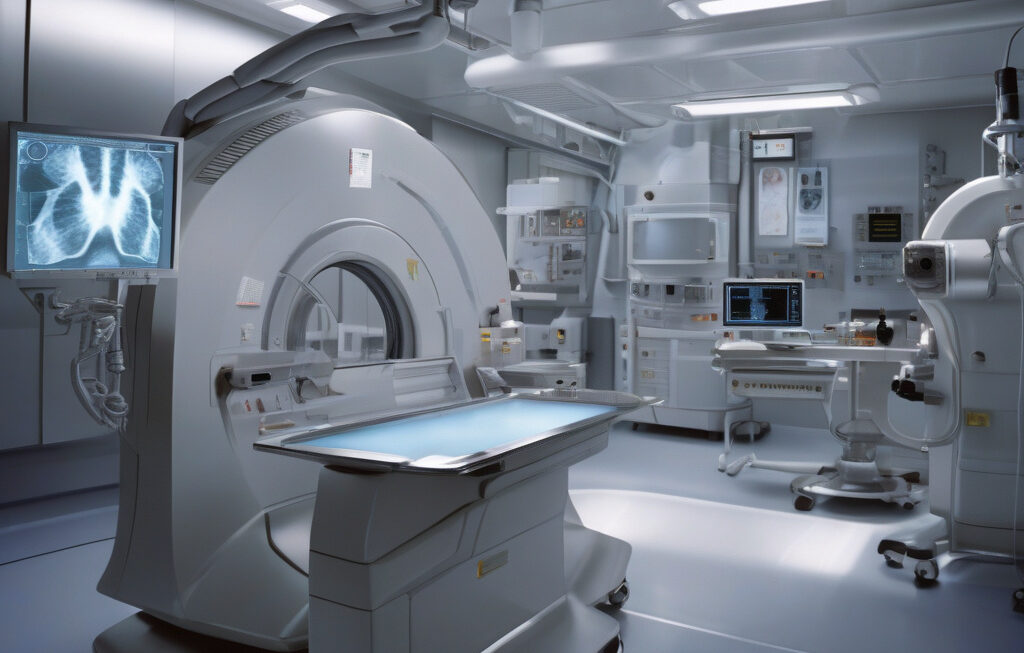Dual-Atom Innovation Keeps Zinc-Air Batteries Alive for 3,600 Continuous Hours
Zinc-air batteries (ZABs) are emerging as a compelling alternative in the global race for better energy storage solutions. Known for their high energy density and cost-effectiveness, ZABs have long been hailed as a promising technology for various applications, from hearing aids to electric vehicles. However, one of the key challenges facing these batteries has been their limited lifespan and efficiency. That is, until now.
In a groundbreaking development, researchers have introduced a dual-atom catalyst that significantly enhances the performance and longevity of zinc-air batteries. By leveraging the unique properties of this innovative catalyst, ZABs can now operate continuously for an impressive 3,600 hours – a remarkable feat that surpasses many existing energy storage options.
So, how does this dual-atom innovation work its magic? At the heart of the breakthrough lies a sophisticated catalyst composed of two different types of atoms, meticulously engineered to catalyze the oxygen reduction reaction within the battery. This dual-atom structure not only boosts the overall efficiency of the battery but also prevents common issues such as electrode corrosion, ultimately extending the lifespan of ZABs to new heights.
The implications of this advancement are profound. With the ability to deliver continuous power for over 3,600 hours, zinc-air batteries equipped with the dual-atom catalyst could revolutionize industries that rely on long-lasting and reliable energy sources. Imagine drones that can fly for days without recharging, or grid-scale energy storage systems that offer seamless integration of renewable sources – the possibilities are endless.
Moreover, the cost-effectiveness of zinc-air batteries makes them an attractive option for widespread adoption. Unlike conventional lithium-ion batteries that rely on expensive and scarce materials, ZABs are based on abundant zinc and oxygen, making them a more sustainable choice for large-scale energy storage projects. With the added benefit of extended lifespan, thanks to the dual-atom catalyst, the economic case for investing in zinc-air technology becomes even stronger.
Beyond the realm of technology, the environmental impact of dual-atom zinc-air batteries is another compelling aspect to consider. As the world transitions towards a greener future, the demand for energy storage solutions that minimize carbon footprint and resource depletion has never been greater. Zinc-air batteries offer a clean and eco-friendly alternative that aligns with sustainability goals, and with the latest innovation in dual-atom catalysts, their environmental benefits are further enhanced.
In conclusion, the breakthrough in dual-atom innovation for zinc-air batteries represents a significant milestone in the evolution of energy storage technology. By enabling ZABs to operate continuously for 3,600 hours, this advancement opens up new possibilities for long-lasting, efficient, and sustainable power sources across various industries. As researchers continue to push the boundaries of innovation, we can expect even more exciting developments in the field of energy storage, paving the way for a brighter and cleaner future.
innovation, energy storage, sustainability, zinc-air batteries, dual-atom catalysts












